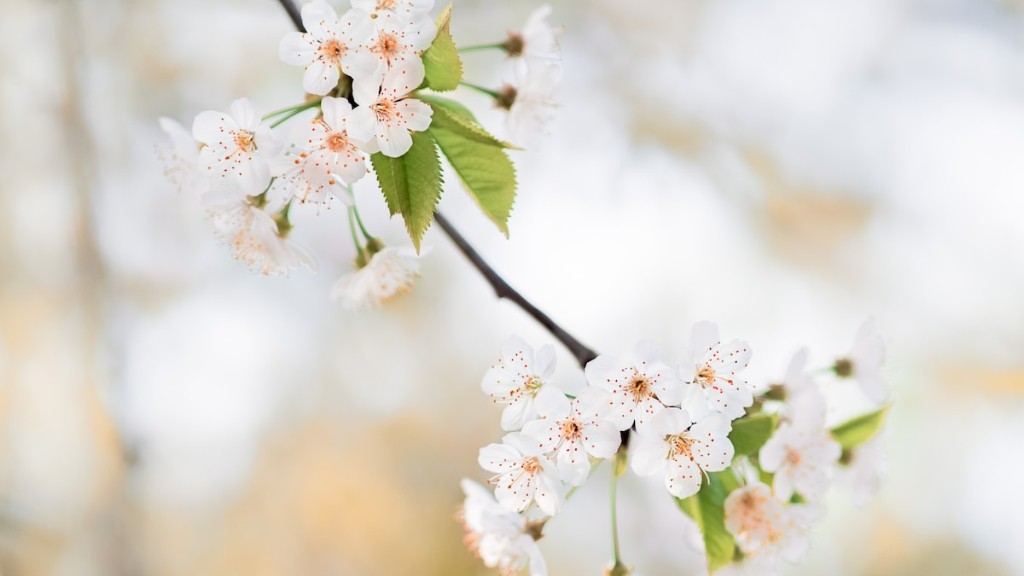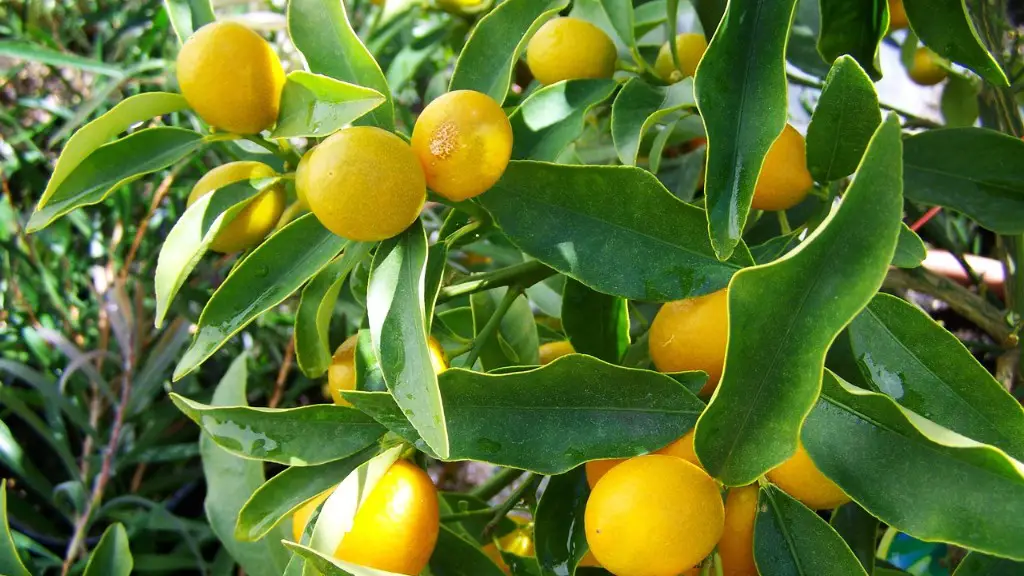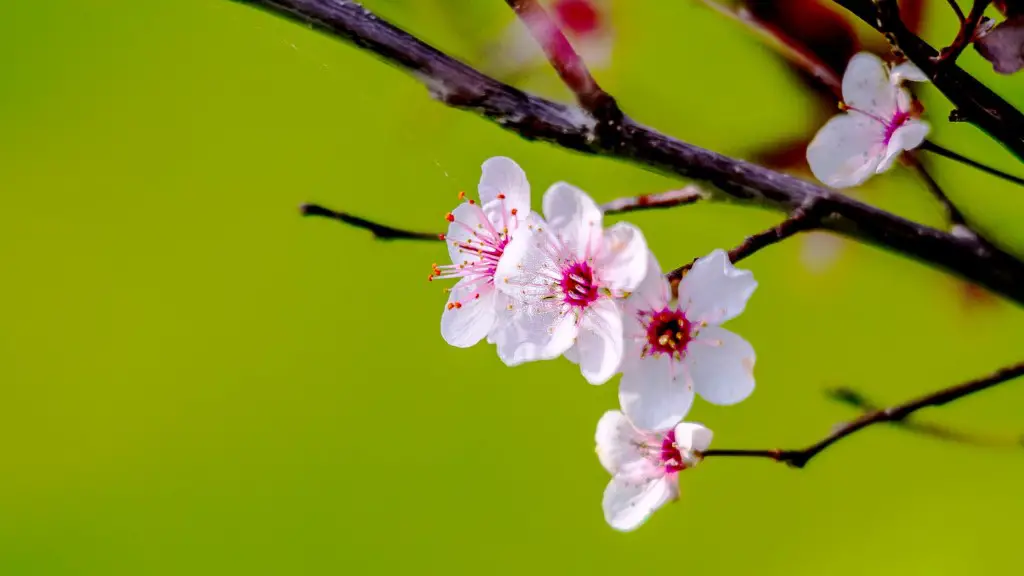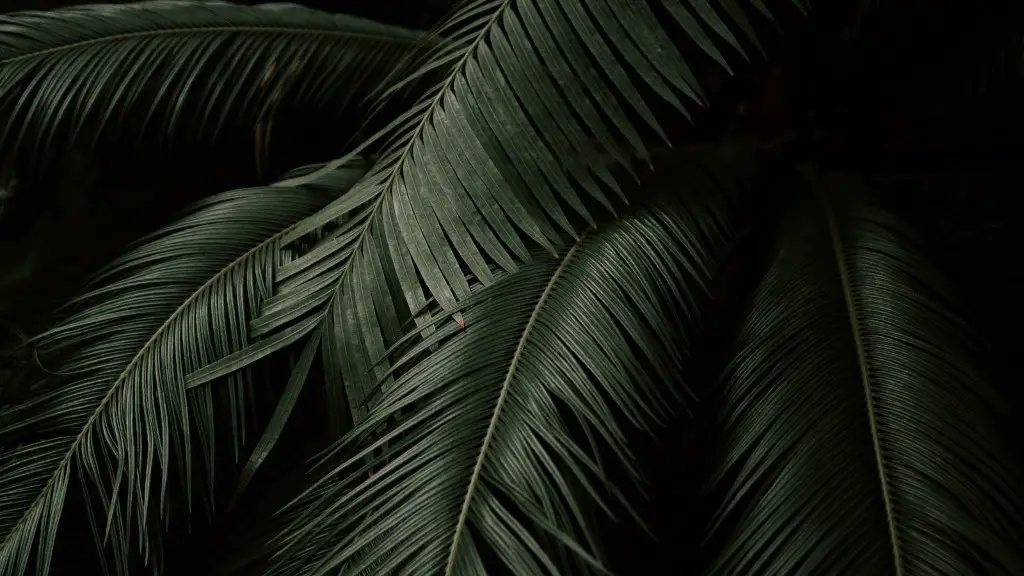Background Information
The Prunus Serrulata, commonly referred to as the Japanese Cherry Blossom tree, is a deciduous tree that produces beautiful and delicate light pink, white and red flowers in the spring. It is an ornamental tree and is widely planted in parks, gardens and along roads and streets for its attractive color and breathtaking beauty. The Japanese Cherry Blossom tree is native to East Asia and was first introduced to Japan over 1,000 years ago.
Pruning Methodology
Pruning is an important part of effectively cultivating a Cherry Blossom tree. Proper pruning helps to enhance the beauty of the blossom, increase the health and vigor of the tree, and promote more abundant flowering in future years. The two most commonly used methods of Cherry Blossom pruning are the central leader and an open vase structure.
Central Leader Pruning Method
The Central Leader method of pruning is best used for newly planted trees or trees that haven’t yet begun to produce flowers. This method is intended to produce a single upright leader trunk with well spaced, evenly distributed lateral branches. Start by selecting a strong, straight leader, or trunk. Remove any competing trunks or stems, then remove any branches that are crossing, crowding, or growing in a downward direction. When selecting lateral branches, choose those that are roughly spaced and have a good, upright angle relative to the trunk. Finally, trim the tips of any branches off as needed, as well as take off any shoots or suckers along the base of the trunk.
Open Vase Pruning Method
The Open Vase pruning method is designed to produce an open vase shaped tree with even and well spaced branches. This method is used primarily for more mature trees that have been properly shaped using the Central Leader method. Start by selecting the strong, straight leader trunk and remove any competing trunks or stems. Remove any branches that are crossing, crowding, or growing in a downward direction. Then, lightly “pinch” the tips of the lateral branches – this will encourage the tree to grow fuller and more compact. Finally, thin out any dense areas or crowded branches.
Pruning Strategies and Techniques
When pruning any tree, a few strategies and techniques should be kept in mind. The first is to know when to prune: cherry blossom trees should typically be pruned in the early spring before the bud break. This ensures that any pruning wounds can heal before the tree begins to produce leaves and blossoms. Secondly, use the “3-2-1 rule”: leave three buds on each branch, prune back to two buds, then finally reduce to one bud. This will result in a symmetrical, even shape on the tree. Last is to avoid pruning too much or removing too many branches. Be sure to leave enough branches to ensure the tree will remain healthy and have plenty of leaf/blossom production.
Tree Aftercare After Pruning
Once a cherry blossom tree has been pruned, special aftercare should be taken for the health and well-being of the tree. First, keep the soil around the tree well-watered, especially during periods of drought or higher temperatures. Secondly, fertilize the tree with a balanced fertilizer two to three times a year, in early spring, late summer, and fall. Finally, inspect the tree regularly for any signs of disease or pest infestation and take care of the issue swiftly.
The Relevant Data and Perspectives from Experts
When it comes to pruning cherry blossom trees, experts generally recommend following the “natural form” of the tree, as the convex canopy is most aesthetically pleasing. Pruning should emphasize the V-shape of the tree: pruning and thinning the inner branches to open up the center of the tree and create a light and airy silhouette. Ultimately, proper pruning should create an open, well balanced, and aesthetically pleasing “candelabra” shape.
Insights and Analysis
Cherry Blossom trees are beloved for their delicate beauty and timeless grace and are an essential part of any garden or landscape. Pruning these trees correctly is essential to ensure proper growth and development, as well as creating an elegant structure and beautiful and abundant blossoms. With the right pruning strategies, knowledge, and techniques, it is possible to cultivate a truly magnificent and awe-inspiring Cherry Blossom tree.
Educating and Engaging the Reader
When it comes to pruning cherry blossom trees, patience is key. Take the time to inspect the tree and determine where to prune and which branches/stems to remove. Be careful not to over-prune or remove too many branches, as this can severely weaken the tree. When in doubt, it’s best to leave some branches untouched; pruning can always be done in the future if needed.
Using Emotional Triggers
Cherry blossom trees can be a breathtaking sight during the spring when the delicate pink and white blossoms arrive. Pruning these trees correctly is essential to ensure their health and wellbeing and to bring out the beauty of the blossom. Pruning a cherry blossom tree is a labor of love, as it takes patience and skill to shape a tree and bring out its natural beauty and grace.
Using Advanced Grammatical Structures
Correctly pruning a cherry blossom tree requires both knowledge and skill. It is essential to study the tree’s form, examine the branches and stems, and select the ones that should be pruned and removed. Once the pruning has been done, special after care should be taken to ensure optimal health and well-being of the tree, such as regular watering and fertilization. Taking the time and effort to correctly prune a cherry blossom tree can bring out its beauty and grace like nothing else.




